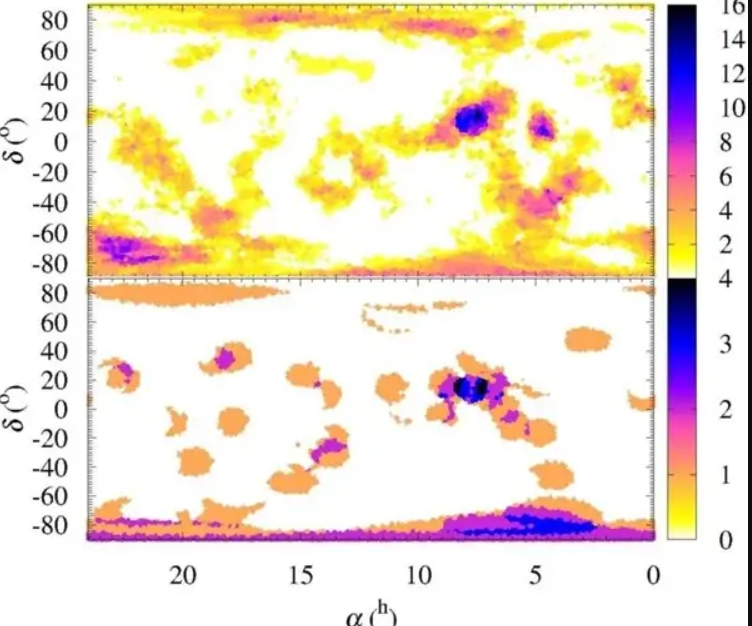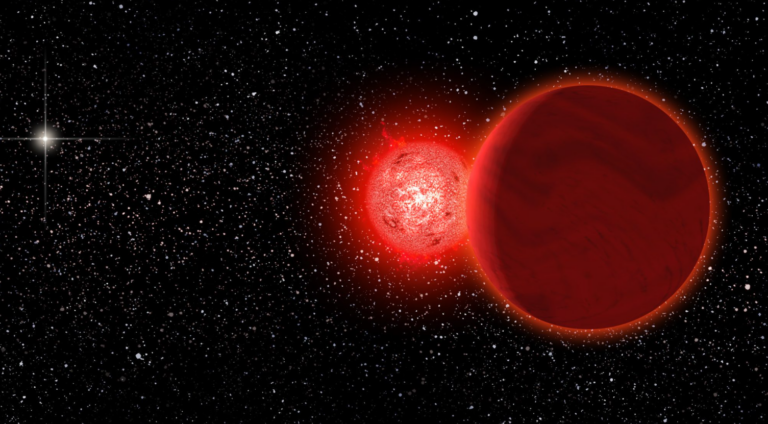An ancient nomadic star likely stirred cosmic chaos near our solar system 70,000 years ago
Did Scholz’s Star Stir Up the Outer Solar System? Study Reveals Clues from Hyperbolic Objects
About 70 000 years ago the supernova of Toba volcano took place which may have led to population bottleneck. In the meantime, it is estimated that Scholz’s star came within a light-year from the Sun and the Oort cloud. According to observations of the motion of 339 hyperbolic objects, it was found that more than 10% of them come from the constellation Gemini, which confirms the influence of Scholz’s star on the objects’ trajectory. Also, seven and eight objects, including ‘Oumuamua are suspected to be interstellar in origin. These results could be useful in searches for other extra solar guests in orbits that have not yet brought them near the Sun.
The largest of all Carihing visited Supervolcano is probable to have erupted round 70,000 years ago Toba in sum released approximately touras as vaporized rock and debris the atmosphere. This must have caused a population stampede in humans and reduced the population to approximated 1,000 reproductive individuals. As indicated by C. Sneden in the study done in 2015, during this critical period, a small reddish star seemingly approached the celestial object approximately within a light-year, getting to the outskirts of the Oort cloud, a big shell of the frozen objects beyond the outer orbit of the more familiar planets of the solar system.
In a study published in the Monthly Notices of the Royal Astronomical Society: Letters on February 6, scientists studied the motion of 339 distinct minor objects also including asteroids and comets with hyperbolic orbits which will make them leave the solar system. Having performed the full N-body simulations reversely for 100,000 years, the researchers found whence these objects in the sky were born. Blithely to their astonishment, it was observed that 36 of the above mentioned objects were located in direction of the constellation of Gemini the locus of objects which should be clearly affected by Scholz’star at the time of its recent approach approximately 70,000 years ago.
They used numerical simulations for calculating the radiants from where all these hyperbolic objects appear to originate “The work was led by Carlos, an astronomer at the Complutense University of Madrid”, says the source.
“In principle, one would expect these positions to be evenly distributed across the sky, especially if these objects originate from the Oort Cloud; however, our findings are quite different: “A statistically significant clustering of radiants,” he explained. “It is most apparent at the longitude of 100 degrees with the longitude of constant direction appearing projected toward the constellation Gemini in concordance with Scholz’s star. ”
Apart from that, the scientists also discovered eight objects, including the most recent interstellar object ‘Oumuamua, which were moving so fast that they could only be of extraterrestrial origin. All these eight objects have different radiants that are different from other objects implying different and independent orbits. Of these two, C/2012 SI (ISON) and C/2008 J4 (McNaught) have velocity greater than 9,000 miles (14,500 km) per hour and are hence suspected to be an object coming from other star system.

Carlos de la Fuente Marcos, et al.
Although further research is needed to validate the study’s findings, the results indicate that astronomers might not need to wait for an interstellar object to randomly pass close to the Sun, as ‘Oumuamua did. Instead, statistical studies like this could help astronomers proactively identify likely extrasolar visitors for future observations.
A free pre-print version of the study is available online at arXiv.org.
Do not forget to share your opinion with us to provide you with the best posts !




0 Comments